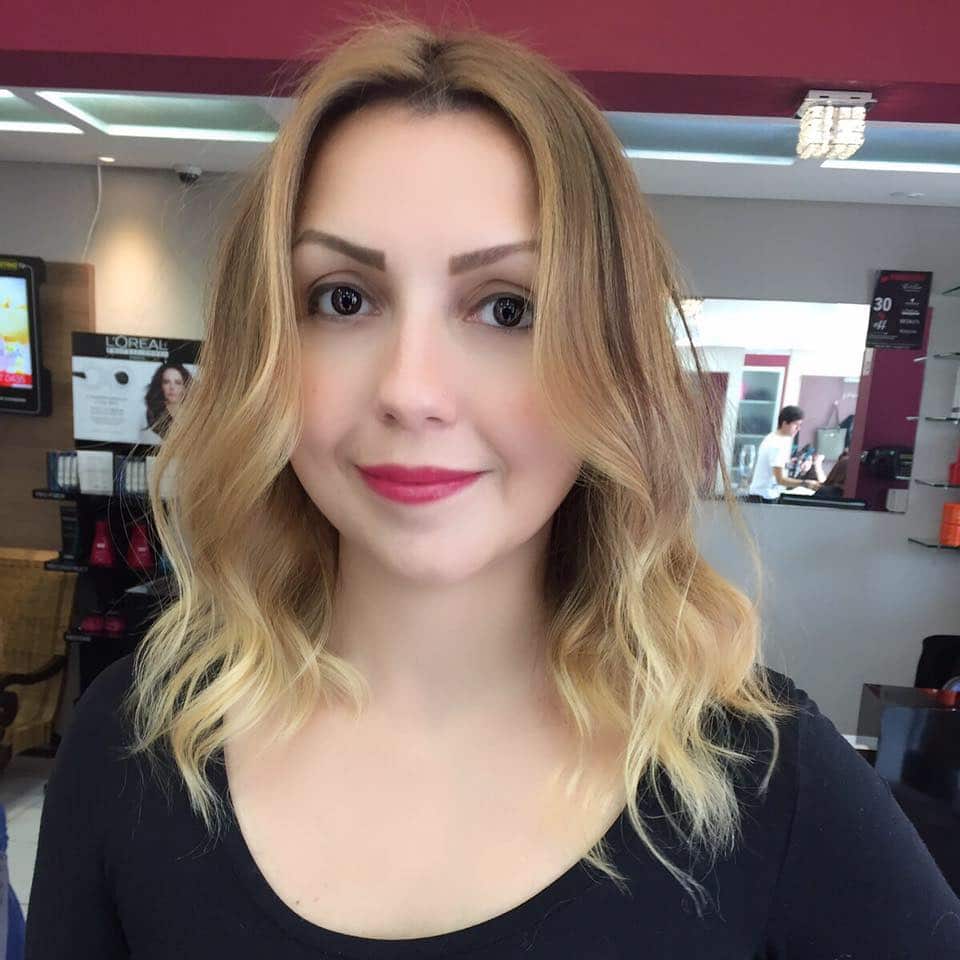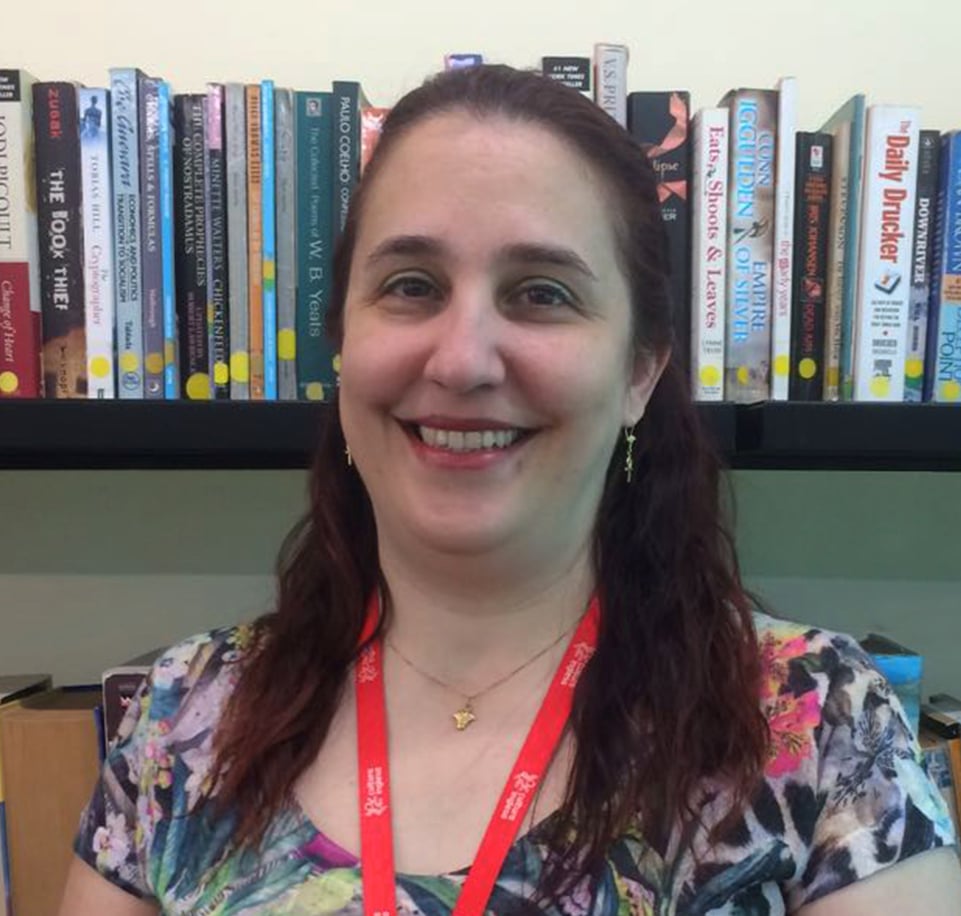Behind the scenes – How to engage students?
I have already written about ‘motivating adult students’ inside the classroom. However, I would like to go back to that.
Before, I focused on more meaningful lessons and working on areas to which students would relate better due to their professional or study choices. Nevertheless, I would like to discuss further how to engage or motivate students behind the scenes. That is when students are not inside the classroom and/or participating in a lesson. In this post, I will be mentioning actions that can and should be taken “behind the scenes” and are as crucial as what happens inside the classroom.
As you well know, schools and institutions abound in events and workshops where the presence of students is required. And who is expected to invite students to engage in those activities?
As this is one of the many hats we have to wear, my first question would be “How do you engage your students?” or better yet “How well are you engaged?” In order to do what is best for the Institution you work at, you have to believe in what you are “selling” or “offering”. This may sound obvious, but it is something everybody has to be reminded of every now and then.
To second that, you have to know your students perfectly well. For example, if that particular student is fond of speaking in public and has the potential to do so; what talents and cultural knowledge other students have and may easily present in a “talent show”; what professional areas or projects can adult students profit from or even if “Mary” or “John” have items to donate that could be used in a “Flea market” event.
This is not something that is ‘out of this world’. As a teacher, you just have to listen to your students’ contributions. Not only do you have to listen but also use the range of information that is at your disposal. Mainly when your students have their anxieties lowered in a more relaxing time – at the break, for instance.
This is a time that is often taken for granted, however, it could be used in order to build a better rapport with your students. Sharing your background knowledge is also important to establish a relationship based on the grounds of trust.
To sum up, regarding what was mentioned before, the following items are usually done behind the scenes, not everyone is aware of it, but these can make a substantial difference:
- Believe in what you are selling;
- Build a meaningful rapport with students;
- Get to know them better;
- Build a trust relationship;
- Use that information wisely;
With the latter, I mean, using that information with the pure objective of helping your students, your lessons, your professional growth, etc.
I will end this post with a thought-provoking question: How well do you know your students?




